The Healing Touch: Exploring the Benefits of Massage Therapy
In today’s fast-paced world, where stress and tension have become part of everyday life, massage therapy offers a powerful antidote. More than just a luxury, massage is a time-tested healing practice that can benefit the body, mind, and soul. Whether you're an overworked professional, an athlete, or someone just looking for self-care, massage therapy has something to offer everyone.
What Is Massage Therapy?
Massage therapy is the manual manipulation of soft tissues — muscles, tendons, ligaments, and connective tissues — to enhance a person’s health and well-being. Techniques vary widely, from gentle strokes to deep tissue pressure, depending on the client’s needs and preferences. Professional massage therapists are trained to assess and address a range of physical conditions, making this a highly versatile form of treatment.
The Many Benefits of Massage
Massage therapy isn’t just about relaxation — though that’s a wonderful part of it. Research and centuries of practice show that it offers a broad spectrum of benefits:
1. Stress Relief
Massage helps lower cortisol (the stress hormone) and increases the production of serotonin and dopamine, which promote feelings of happiness and relaxation.
2. Pain Reduction
It’s widely used to treat chronic pain, back and neck problems, muscle tension, and sports injuries. Therapeutic massage and trigger point therapy can target areas of discomfort and help reduce pain.
3. Improved Circulation
Massage stimulates blood flow, which helps deliver oxygen and nutrients to cells and tissues. This promotes faster healing and improved overall health.
4. Better Sleep
The relaxing effects of massage can help improve sleep quality and reduce insomnia, especially for people who suffer from anxiety or chronic pain.
5. Boosted Immunity
Some studies suggest that regular massage can improve immune function by increasing the activity of white blood cells.
Common Types of Massage
Swedish Massage: A gentle, relaxing massage that uses long strokes and kneading to improve circulation and reduce tension.
Deep Tissue Massage: Targets deeper layers of muscle and fascia to relieve chronic aches and tension.
Sports Massage: Tailored to athletes and active individuals, focusing on areas of overuse or injury.
Trigger Point Therapy: Targets tight areas within muscle tissue (trigger points) that cause pain in other parts of the body.
Therapeutic Massage: Specifically aimed at treating physical conditions or injuries, relieving chronic pain, and promoting overall health.
Lymphatic Drainage: Popular after surgery, during detox programs, or for people dealing with conditions like lymphedema, chronic swelling, or water retention.
What to Expect During a Session
Your first massage session typically begins with a short intake followed by an assessment — a discussion about your health history, current concerns, and goals for the session. You'll then be guided to a private, calming room where you can relax and let the therapist work their magic. Open communication is key — let your therapist know what feels good, what doesn’t, and what pressure works best for you.
Is Massage Therapy Right for You?
Massage therapy is safe and beneficial for most people, but it’s always good to consult with your doctor if you have specific medical conditions like blood clots, fractures, or severe osteoporosis. Always seek a licensed therapist to ensure safe, professional care.
Final Thoughts
Massage therapy is more than just a feel-good indulgence — it’s a holistic approach to well-being that can enhance your physical, emotional, and mental health. Whether you need to de-stress, recover from injury, or take a moment for yourself, massage therapy offers a gentle but powerful way to restore balance in your life.
Take a deep breath, book that session, and let our professionals do the rest.
Written by: Alexander Kadychenka, Advanced Clinical Massage Therapist (ACMT)






